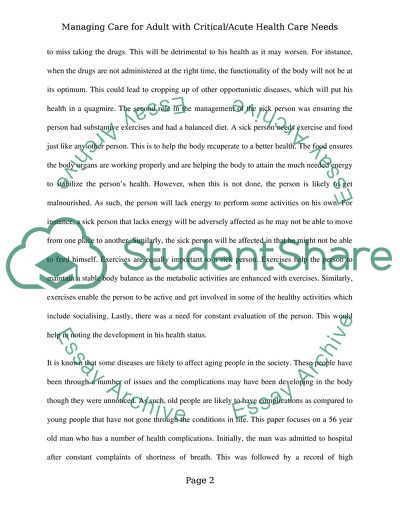Cite this document
(“Managing Caring for Adult with Critical/Acute Health Care Needs Essay”, n.d.)
Managing Caring for Adult with Critical/Acute Health Care Needs Essay. Retrieved from https://studentshare.org/nursing/1477703-managing-caring-for-adult-with-critical-acute
Managing Caring for Adult with Critical/Acute Health Care Needs Essay. Retrieved from https://studentshare.org/nursing/1477703-managing-caring-for-adult-with-critical-acute
(Managing Caring for Adult With Critical/Acute Health Care Needs Essay)
Managing Caring for Adult With Critical/Acute Health Care Needs Essay. https://studentshare.org/nursing/1477703-managing-caring-for-adult-with-critical-acute.
Managing Caring for Adult With Critical/Acute Health Care Needs Essay. https://studentshare.org/nursing/1477703-managing-caring-for-adult-with-critical-acute.
“Managing Caring for Adult With Critical/Acute Health Care Needs Essay”, n.d. https://studentshare.org/nursing/1477703-managing-caring-for-adult-with-critical-acute.


